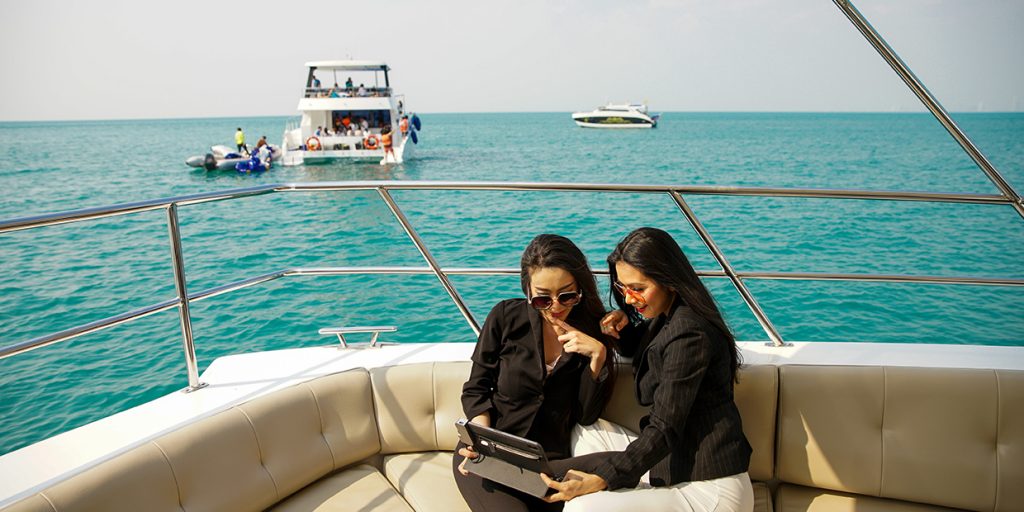What China’s Affluent Rebound Means For The Rest Of The World

| While much of the world has continued to reel from the impact of the Covid-19 pandemic, China – the world’s largest and most important luxury market – has rebounded and is now more important than ever.
Luxury brand clients we speak with are seeing their China sales rebound after experiencing sharp dips in the first two months of the year. “China is definitely on the rebound track,” one luxury brand’s China CEO told us in April. “We’re seeing high-digit growth every week,” a luxury fashion brand’s APAC CEO told us. For many brands we speak with, sales have returned from low dips in January and February up to 70-80% of 2019 levels, and gaining each week. Others have already recovered to year-ago levels and are shooting for positive growth in Q2. At first it manifested itself as “revenge spending” – retail therapy to reclaim a sense of normality in the immediate aftermath of the harshest lockdown measures in February. But since then, life has returned to normal more and more with each passing week and with it has come spending by affluent and wealthy consumers, a traditionally more resilient segment than the market as a whole. And while the wider market may be focusing on rationalizing consumption during this post-Covid period, affluent and high-net worth consumers’ wallets are continuing to open up, creating some key opportunities for luxury brands. In our research with consumers and leading luxury executives we found some key lessons brands can take away in other markets as they emerge: |
|
The shock of the Covid pandemic has shifted the way consumers think and behave, perhaps for a long time to come.We will continue to monitor these and other important changes in the upcoming second wave of our TrendLens™ 2020 Affluent Insights study, in which we provide an updated picture on how consumers’ outlook, spending, and definitions of luxury have changed, and how brands can respond.
|

 Previous Post
Previous Post
